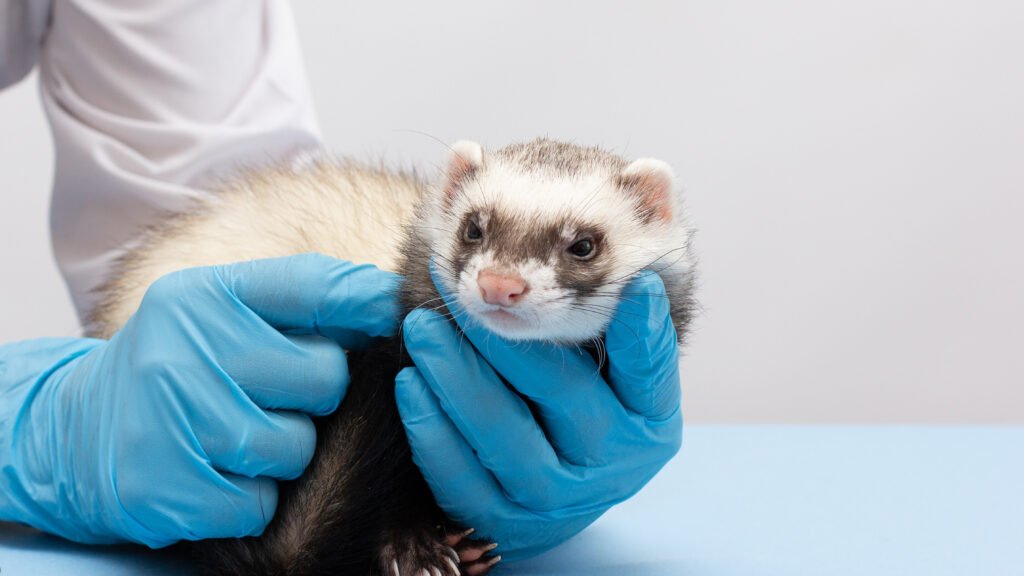The recent wave of H5N1 bird flu cases in the United States has left experts scratching their heads. Despite historically high mortality rates associated with this virus, only one death has been reported out of 70 cases in the past 18 months. A new study published in Science Translational Medicine suggests that previous exposure to the H1N1 virus, which caused the 2009 flu pandemic, may be providing some level of cross-protection against H5N1.
The study, conducted in ferrets, showed that animals previously infected with influenza A viruses like H1N1 or H3N2 had a better chance of surviving H5N1 infection compared to naive animals. This indicates that some level of immunity developed from previous flu infections may be offering protection against H5N1. The similarities between the neuraminidase protein in H1N1 and H5N1 viruses could be a key factor in this cross-protection.
While the research has been met with enthusiasm, not all experts are convinced that H1N1 immunity is solely responsible for the milder cases of H5N1 in the U.S. Other factors such as differences in the virus strains, modes of transmission, and the health status of infected individuals could also play a role. It is clear that further research is needed to fully understand the mechanisms at play.
Despite the potential benefits of preexisting immunity to H1N1, experts caution against complacency. Past pandemics have emerged in populations with some level of immunity to related viruses, and flu viruses are known to evolve rapidly. While the current findings are promising, they may not hold true in the face of future mutations in the virus.
In conclusion, while preexisting immunity to H1N1 may be providing some level of protection against H5N1, it is essential to remain vigilant and continue monitoring the situation closely. The ever-evolving nature of flu viruses means that new challenges could arise, and it is important to be prepared for any potential threats that may emerge in the future.


